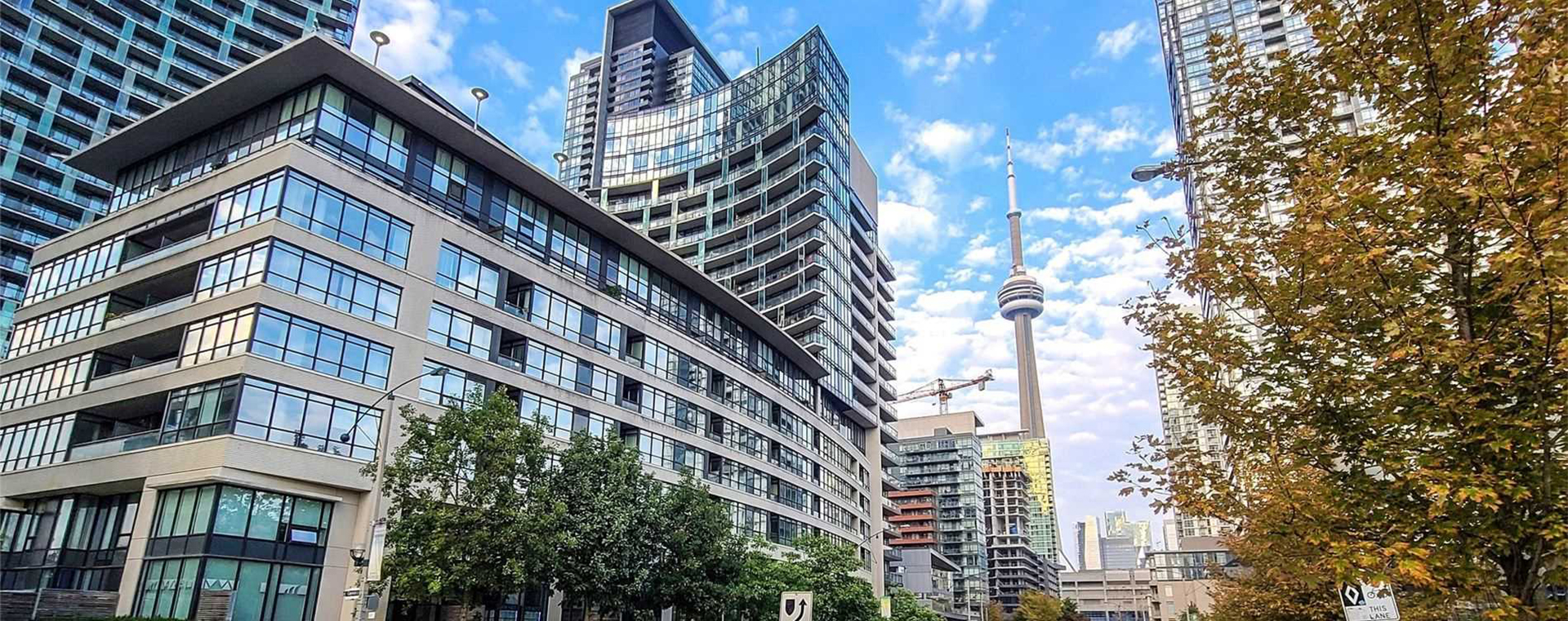
Investors are holding onto a major portion of condominium flats across Ontario while the government battles with a severe housing shortage.
Newly released statistics from Statistics Canada (StatCan) show that 41.9% of the condos owned in Ontario in 2020 were owned by investors, including landlords, owners of short-term rentals, enterprises, and developers. Investors made up 36.2% of condo owners in the City of Toronto.
In Ontario, businesses held 74,485 condo flats for investment, or 13.4% of the total. The majority of condos utilised as investments, at 22.4%, were, however, owned by provincial investors, such as landlords. 5.6% of condominium owners were investors who were non-residents.
In addition to Ontario, the five provinces included in the StatCan study's analysis of the investor-to-homeowner ratio were British Columbia, Manitoba, New Brunswick, and Nova Scotia. In Ontario, investors made up 20.2% of all homeowners. Nova Scotia had the highest percentage, at 31.5%.
918,695 homes were used as investments throughout all five provinces, with 584,615 of those in Ontario alone. Similar to condos, 10.9% of owners were in-province investors, compared to 0.3% of owners who were out-of-province investors. According to StatCan, the latter figure is probably a result of rising real estate costs.
When the owners lived in the same province, properties outside CMAs were more likely to be utilised as a second home or a leisure property, such as a cottage. The survey discovered that having a pied-à-terre in the city as a second home was less typical.
Investment assets, including condos and homes, were concentrated in the downtown core of the Toronto CMA, which runs east to Ajax, west to Milton, and north to Georgina.
In the City of Toronto, the percentage of investment properties was 21.7%, compared to 16.3% for the CMA as a whole. By 2020, 52,935 homes and 112,220 condo apartments will be used as investments in the city.
The report stated that "investor-owned homes can contribute to the rental housing supply, thus meeting the population's requirement for rental housing." Yet it can also reduce the selection of homes available to those who want to use it as their primary abode.
In Ontario, homeownership rates fell by 3% between 2011 and 2021, but the number of households that rent increased by 25.1%, according to the most recent census statistics.
At 24.2%, Ontario had the second-highest rate of unaffordable housing on a provincial level in 2021. With 30.5%, Toronto had the highest CMA-wide affordability rate.